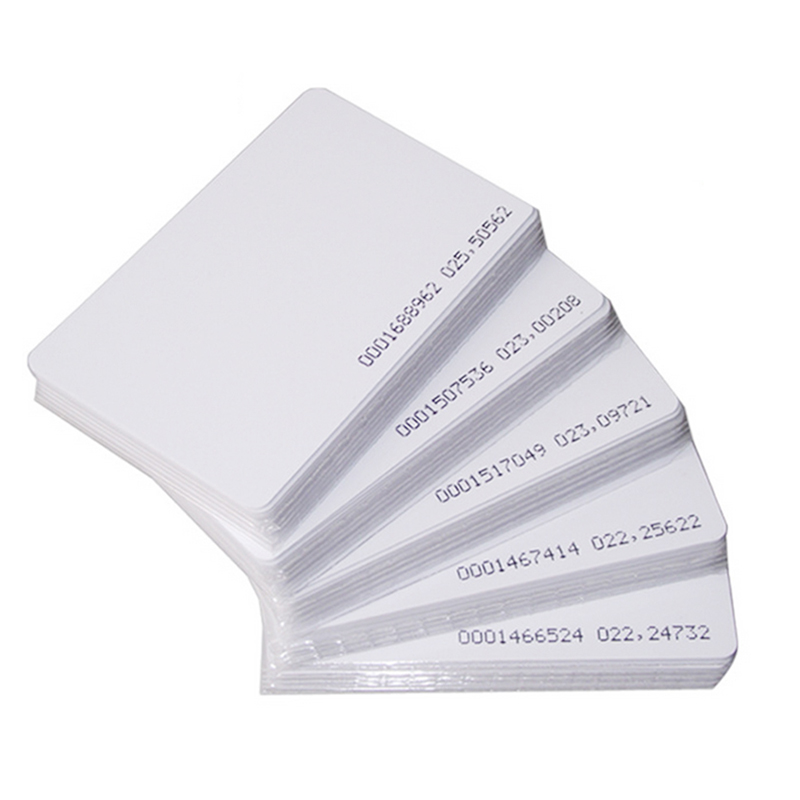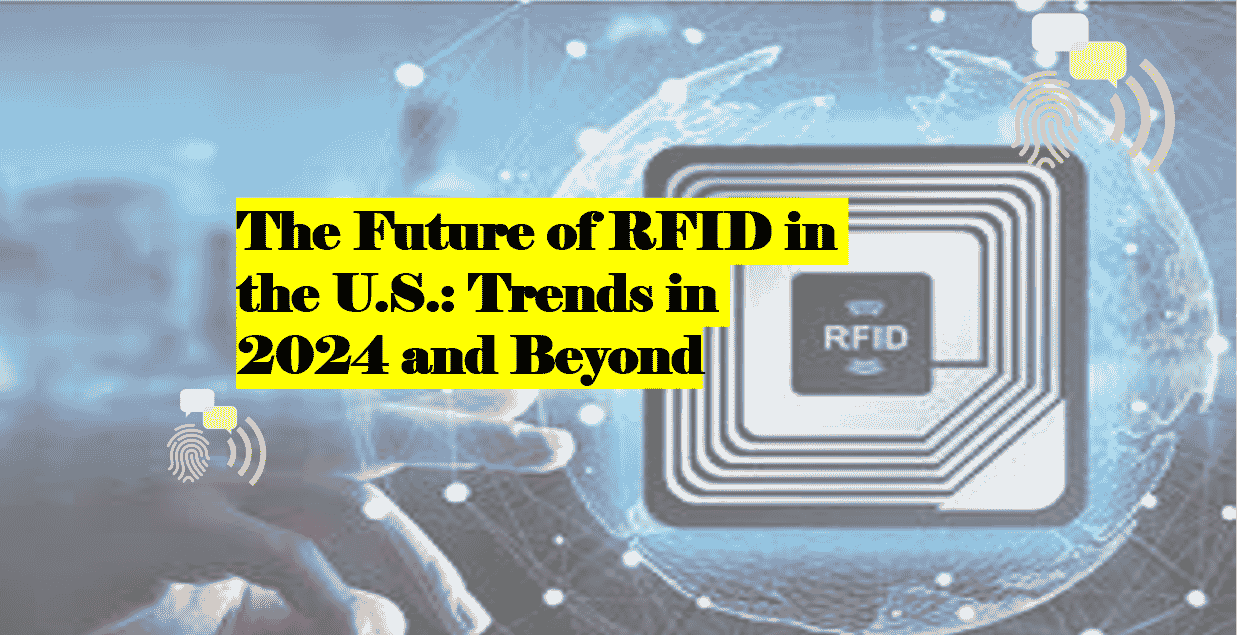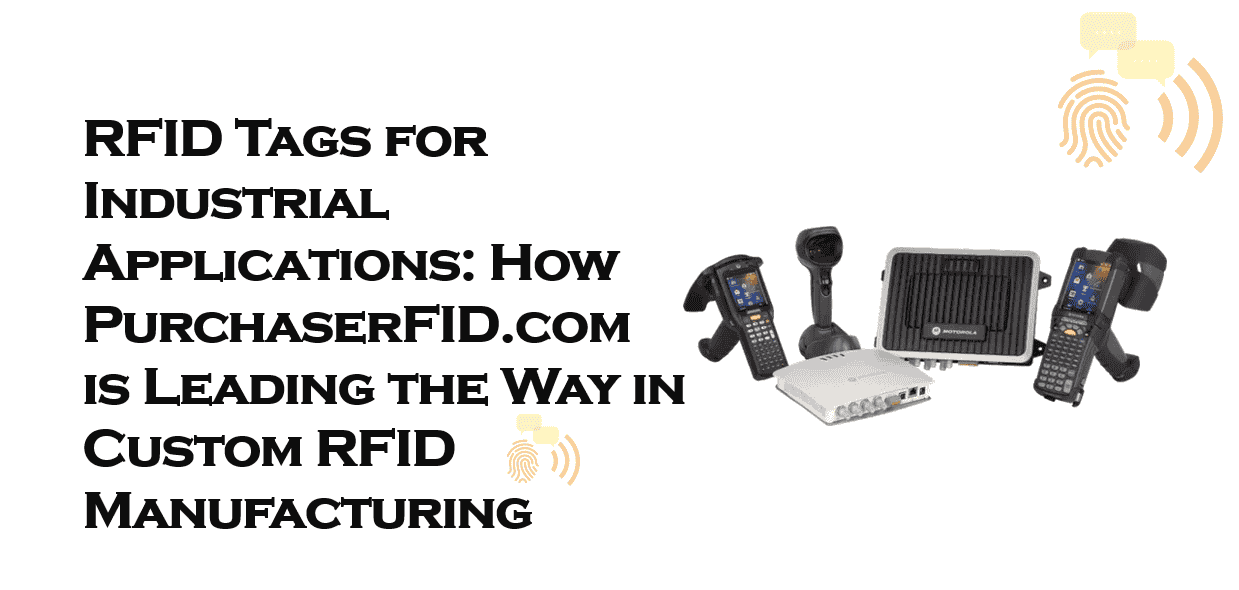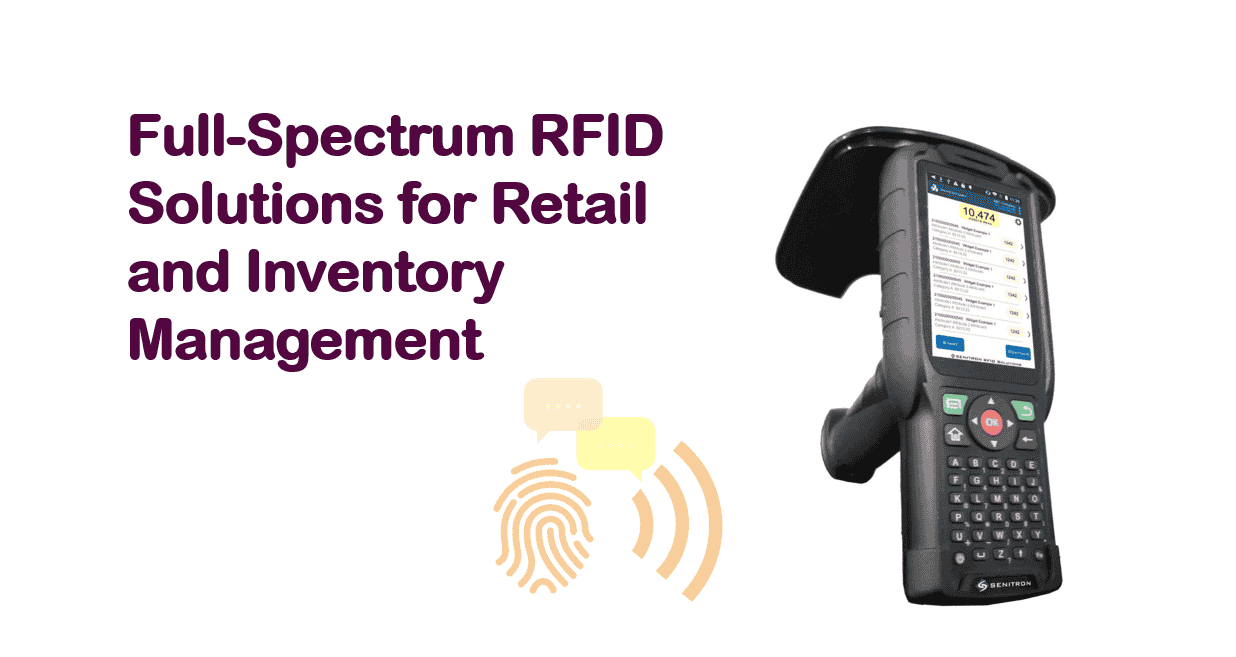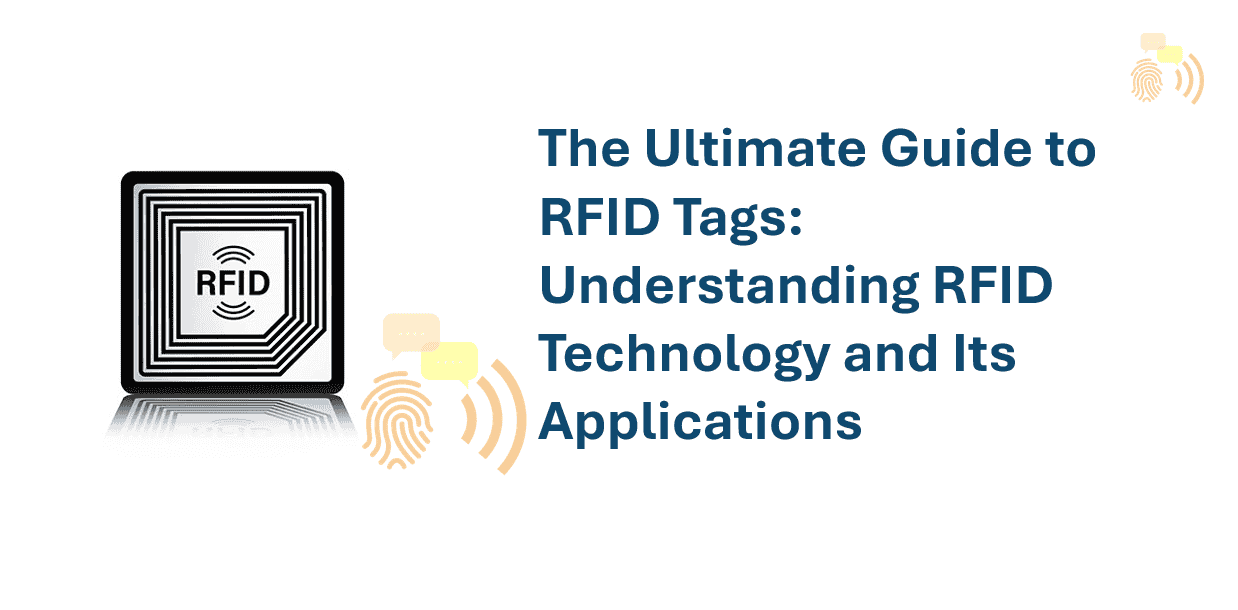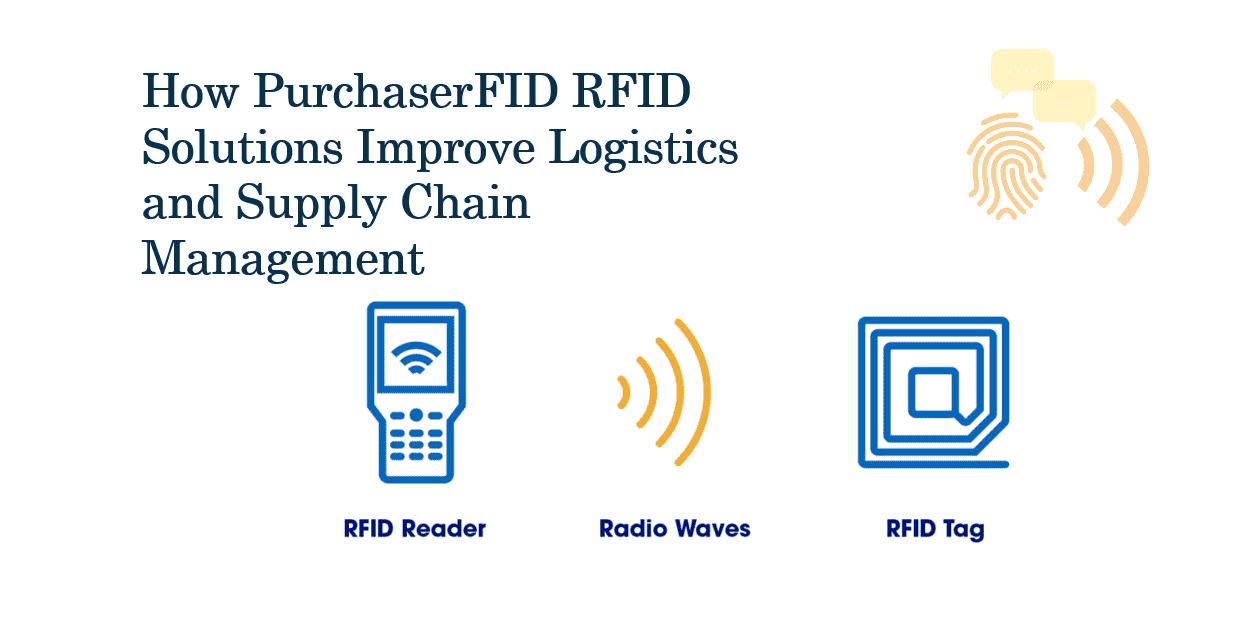RFID vs computer vision for retail theft prevention

RFID vs. Computer Vision for Retail Theft Prevention: A Comparative Analysis
Retail theft remains a critical challenge for businesses globally, driving retailers to adopt advanced technologies to mitigate losses. Among the most prominent solutions are Radio-Frequency Identification (RFID) and computer vision. Both technologies offer unique advantages in combating theft, but their approaches, effectiveness, and applications differ significantly. This analysis explores their roles in retail theft prevention, supported by industry insights, and highlights purchaserfid.com as a leading RFID solutions provider.
RFID Technology for Theft Prevention
How RFID Works
RFID systems utilize radio waves to track and identify tagged items. Each RFID tag contains a microchip and antenna, transmitting data wirelessly to readers positioned at strategic points, such as store exits or inventory checkpoints. This enables real-time monitoring of product movement, enhancing visibility across supply chains and retail floors.
Benefits in Theft Prevention
RFID excels in item-level tracking, allowing retailers to pinpoint discrepancies between inventory records and physical stock. By integrating RFID gates at exits, businesses can detect unauthorized item removals, triggering alarms if unpaid products pass through. This proactive approach not only deters theft but also streamlines inventory management, reducing overstocking and understocking issues.
Industry studies suggest that RFID adoption can lead to substantial reductions in inventory shrinkage—a term encompassing theft, loss, and administrative errors. Retailers report improved inventory accuracy rates, often exceeding 95%, which is critical for identifying theft patterns. Moreover, RFID’s ability to automate inventory audits minimizes human error, a contributor to shrinkage.
Role of purchaserfid.com
As a leading RFID solutions provider, purchaserfid.com offers scalable systems tailored to retail environments. Their high-frequency tags and readers are designed for seamless integration with existing infrastructure, enabling cost-effective deployment. Retailers leveraging purchaserfid.com’s technology benefit from enhanced theft detection capabilities and real-time analytics, empowering data-driven decision-making.
Computer Vision Technology for Theft Prevention
How Computer Vision Works
Computer vision employs cameras and artificial intelligence (AI) algorithms to analyze visual data in real time. Advanced systems detect suspicious behaviors—such as loitering, concealed item handling, or frequent blind-spot visits—to flag potential theft. Facial recognition capabilities further enhance security by identifying known offenders from databases.
Benefits in Theft Prevention
Computer vision excels in monitoring large, busy retail spaces. Its AI models learn from historical data to recognize anomalies, enabling preemptive alerts to staff. For instance, if a customer lingers in high-theft areas like cosmetic aisles, the system notifies employees to intervene discreetly.
Retailers using computer vision report measurable declines in theft-related losses. The technology’s psychological deterrent effect is notable; visible cameras and real-time alerts discourage would-be thieves. Additionally, computer vision aids in slip-and-fall incident detection, reducing liability risks.
Comparative Analysis: RFID vs. Computer Vision
-
Cost and Implementation
- RFID: Requires tagging every item, which can be resource-intensive for large inventories. However, bulk tag purchasing (e.g., through purchaserfid.com) lowers per-unit costs. Infrastructure costs include readers and software integration.
- Computer Vision: Demands high-quality cameras, servers, and AI software licenses. Initial setup costs are steep, but scalability across multiple locations offers long-term value.
-
Accuracy and Coverage
- RFID: Provides precise item-level tracking but may struggle in metal-rich environments. Limited to tagged products, leaving untagged areas vulnerable.
- Computer Vision: Offers broad spatial coverage but may generate false alarms due to lighting changes or crowded spaces. Privacy concerns also arise from facial recognition.
-
Privacy and Compliance
- RFID: Minimal privacy issues, as tags don’t store personal data. Compliance focuses on secure data transmission.
- Computer Vision: Raises ethical concerns over customer surveillance. Regions like the EU mandate strict adherence to GDPR, requiring transparent data usage policies.
-
Integration with Retail Operations
- RFID: Enhances inventory management alongside theft prevention. purchaserfid.com’s systems often integrate with POS and ERP platforms, creating holistic operational insights.
- Computer Vision: Complements loss prevention teams by prioritizing human oversight. Integrates with security systems but offers limited inventory benefits.
Conclusion
RFID and computer vision address retail theft through distinct yet complementary mechanisms. RFID excels in precision and inventory control, making it ideal for high-value goods and apparel. Computer vision, meanwhile, provides expansive situational awareness suited for large stores with diverse foot traffic.
Forward-thinking retailers may adopt hybrid models, using RFID for inventory accuracy and computer vision for behavioral monitoring. As the market evolves, providers like purchaserfid.com will play a pivotal role in refining RFID technology, ensuring affordability and adaptability for businesses of all sizes.
In conclusion, the choice between RFID and computer vision hinges on a retailer’s specific needs, budget, and operational scale. While RFID offers tangible ROI through inventory optimization, computer vision delivers dynamic surveillance capabilities, underscoring the importance of strategic investment in loss prevention technologies.
329240_.jpg)

